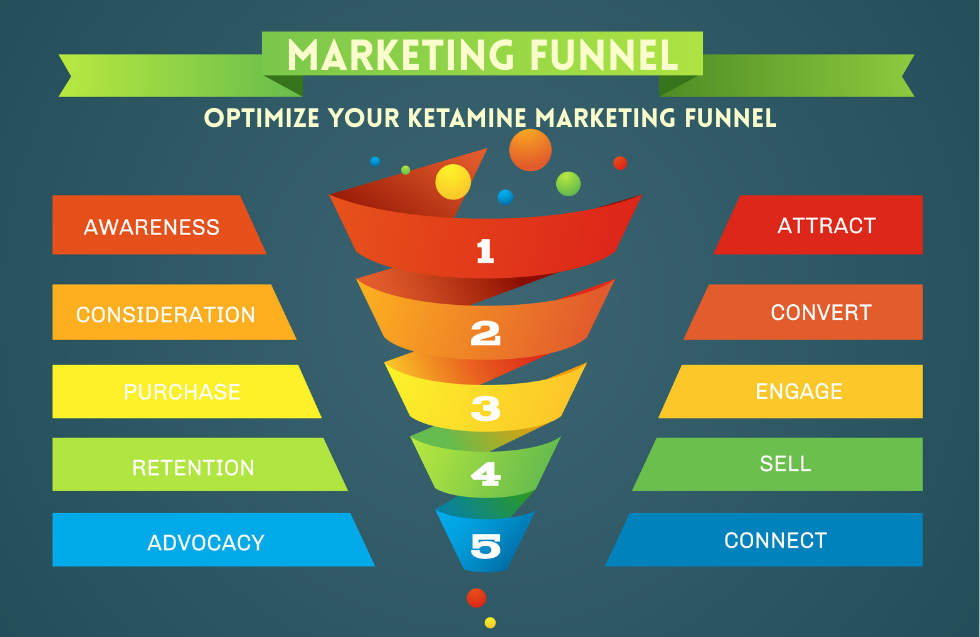Did you know 70% of clinicians say EHRs increase their stress instead of reducing it?
Electronic Health Records (EHRs) are vital to modern healthcare. They promise to increase efficiency, improve care coordination and quality among many other things but ultimately the liabilities associated with electronic health records continue to disrupt workflows, sicken clinicians and lead to security and compliance risk.
As healthcare emerges in 2025 from the digital transition, hospitals, clinics and private practices are re-examining and revisiting their systems in new ways. Heightened patient expectations, the embracement of AI-based diagnostics and more stringent global privacy laws have driven the need to overcome EHR challenges higher.
Let’s examine the greatest EHR challenges today and pragmatic ways to resolve them.
1. Usability and Workflow Disruption
Perhaps the most urgent challenge of electronic health records is usability. Systems are often created with billing or compliance in mind rather than the clinicians daily workflow. This results in unnecessary clicks, duplicated documentation and even burnout.
Solution: Today’s EHR vendors are concentrating on user-friendly interfaces, voice-aided charting and user-configurable dashboards. With the use of AI-powered documentation and natural language processing, clinicians have more time to interact with patients and less time for typing.
2. Data Interoperability
Healthcare remains set with siloed systems. Various providers have different platforms and it’s difficult to share patient records easily. That’s one of the most enduring issues of electronic health records since it has direct consequences on patient safety and care continuity.
Solution: The use of HL7 FHIR standards, government-supported interoperability mandates and cloud-based EHR platforms are tearing down these silos. In 2025, interoperability won’t be an option, it will be a regulation.
3. High Implementation and Maintenance Costs
For small clinics and rural hospitals, there is still a cost when implementing an EHR system. Licenses, the replacement of hardware and training of employees all contribute to high costs. Financial burden is one of the underappreciated challenges of electronic health records that keeps small providers from adopting digital systems fully.
Solution: Subscription-based SaaS EHRs, government subsidies and modular pricing are narrowing the affordability gap. Cloud-native systems and outsourcing IT management also save costs on upfront infrastructure.
4. Data Privacies and Cybersecurity: One of the Biggest Challenges of Electronic Health Records
As one of the largest sectors in the face of hacktivism and cybercriminals with general-purpose motivations, security of patient data is essential. Ransomware and phishing attacks continue to expose to the industry vulnerabilities in legacy EHR systems. Cybersecurity has been the most pressing among the challenges of electronic health records in the last few years.
Solution: Multi-factor authentication, blockchain-based audit trails and AI-driven anomaly detection are all now industry best practices. Additionally, training for staff is still important because humanized error is usually the weakest link.
5. Clinician Burnout and Resistance to Change
Physicians and nurses tend to perceive that EHRs take away more administrative work than they eliminate. This anger is among the cultural difficulties of electronic health records that technology cannot resolve.
Solution: Ongoing feedback loops, co-design with clinicians and frequent training sessions can alleviate resistance. Incorporating wellness tools such as decreased screen time reminders, also aid in overcoming burnout.
6. Data Migration and Legacy Systems
Most healthcare providers continue to use legacy systems. Upgrading decades of patient data into current EHRs is messy, expensive and error-prone. This tech challenge continues to be one of the intractable challenges of electronic health records in 2025.
Solution: Computerized migration software, hybrid archiving approaches and sequential rollouts enable providers to safely move over without interrupting the delivery of care.
7. Patient Engagement and Accessibility
EHRs were intended for physicians. However, patients are becoming more assertive in their need to access their own health information. Interoperability limitations, complex user interfaces and poor mobile integration are today’s electronic health records modern challenges, hindering patient empowerment.
Solution: Patient-centered design, mobile apps and AI chatbots for real-time assistance are transforming EHRs. In 2025, systems that overlook patient engagement will become outdated.
FAQs on Issues Related to Electronic Health Records
Q1. What are the main issues of electronic health records today?
The most difficult challenges are usability, data interoperability, cybersecurity threats, expensive costs and burning people out.
Q2. What makes interoperability so difficult to successfully adopt EHRs?
Without seamless data exchange, providers cannot co-ordinate care. This causes errors and delays in treatment.
Q3. Are today’s EHRs overcoming the issues of electronic health records?
Yes, organizations are using AI, cloud platforms and user-centred designs for EHR vendors as a way to mitigate workflow disruption and threats to security.
Q4. How does EHR adoptions affect small clinics and hospitals differently?
Small clinics struggle more with cost, training and maintaining a system/process, while large hospitals face more challenges with data migrations and the complexity of various systems.
Q5. Can patients help resolve EHR issues?
Definitely. Consumers need mobile access, visibility and are forcing vendors to allow them easier access to user-friendly systems.
Conclusion
The issues surrounding electronic health records, while challenging, are not impossible to overcome. Each issue, whether in usability, interoperability, cybersecurity or price points of buying health data, provides a place where innovation can take place.
By cultivating cloud-native architectures, respecting clinical work and putting patients first. EHRs can be developed into a competitive advantage rather than a burden.
In the end, overcoming these challenges is more than compliance. It’s about improving quality of care, reducing clinician burnout and engaging patients. With the rapid changes occurring in health care, tackling the challenges around electronic health records is not a choice but a necessity and inevitability in the evolution of medicine.













